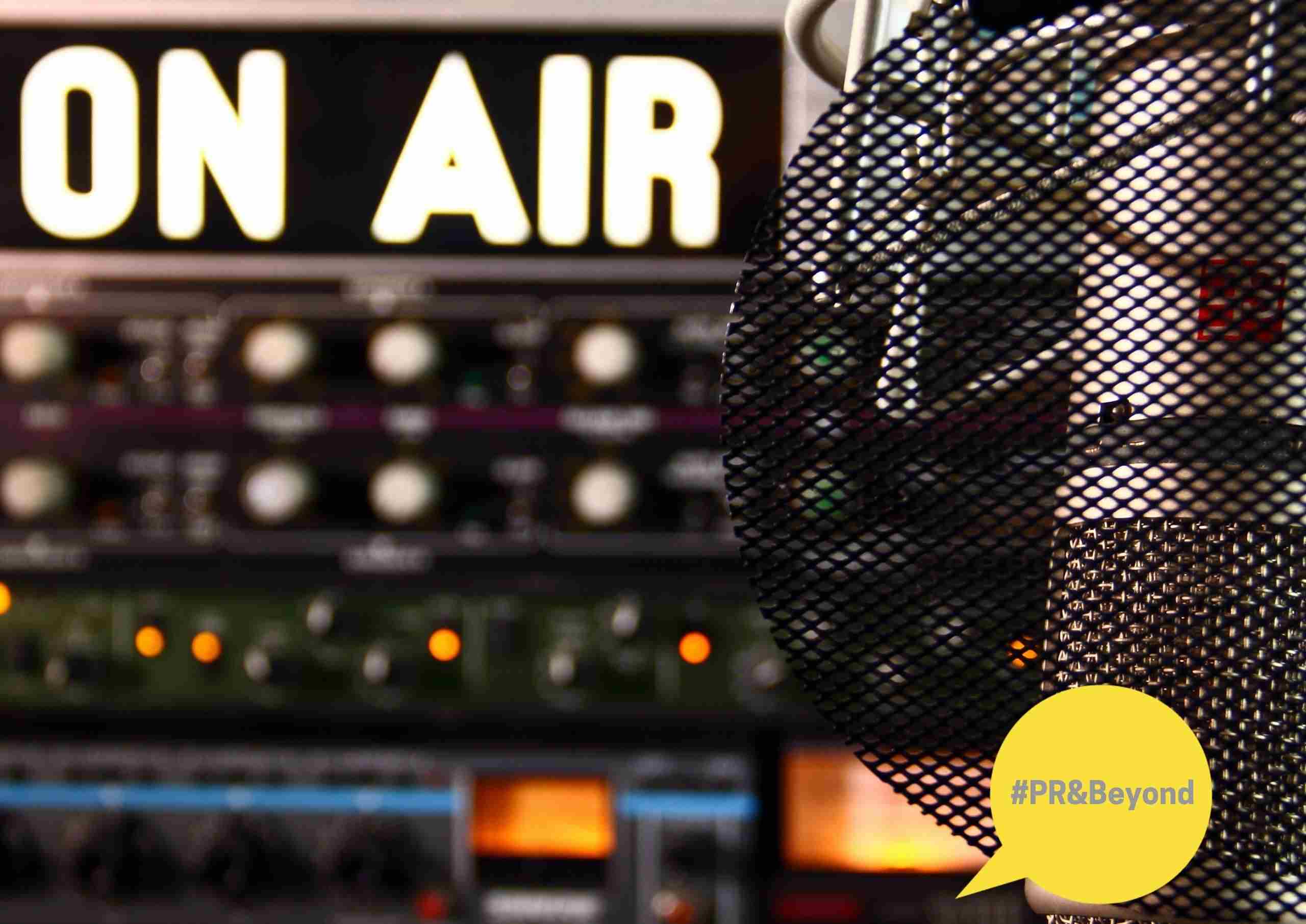One of the most significant change in media is that there was a shift in control. It moved from the total control of a few corporations or governments engaged in broadcasting centrally produced content, to an open, publicly accessible media.
One in which anyone can produce and distribute content, and interact with others. Broadcasting is no longer the privilege of the elite.

Niche communities, social activists, freelancer journalists, fledgling comedians, and many more have the ability to develop their own media. The tools are at every one’s disposal, not only for creating, but for broadcasting as well.
The “New” Media
This has led to widespread description of these new forms and formats as ‘new media’. A term that is problematic, since its not new and several of its features had been existing for a long time. For example, online chat, and an early form of online social network have been around since 1979. The first online journal in a blog format appeared in 1994.
The first online social network in the modern form came to existence in 1997. By the mid-second decade of the 21st century , online chat was almost 40 years old. Blogs had existed for more than 20 years, and online social networks had been around in some form for almost 20 years.
What Makes Media “Old”?
Digital media technologies are now a part of our daily life. Not only in the relationship with each other but also with social institutions. They are ceasing to be “new” and some are rapidly getting “old”, if we take the speed of digital progress into account. Furthermore, all media were once “new”. Categorising particular technologies and practices as new will become increasingly problematic as further developments occur.
In our changing media environment, the terms “social media” and “social networks” are widely used to describe a range of new communication applications. Social media is a more appropriate and useful term than most others. As it encapsulates the fundamental difference between emergent forms of internet-based media and traditional media.
Social media is part of the so-called a “new” media age. This is characterised by a decentralised network of communication. It turns senders into receivers, producers into consumers, rulers into ruled. It upsets the established logic and understanding of the “old” media.
Another characteristic of social media is that it’s beyond state control and is increasingly democratising. It is a two-way, decentralised and interactive form of communication. In short, the name for social media relates to the fact that access and content are open and largely controlled by society. Not by government or elite organisations. Its forms are used for social interaction (i.e. conversation, sharing and collaboration). Not one-way transmission of information. Count on us to take advantage of the “new” media.
